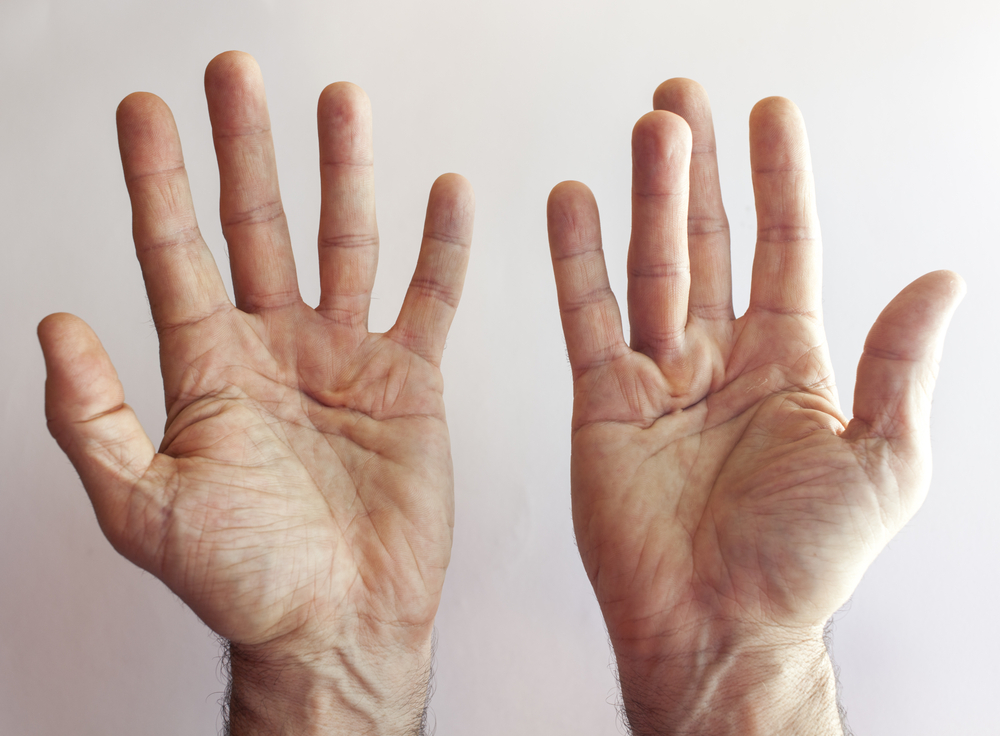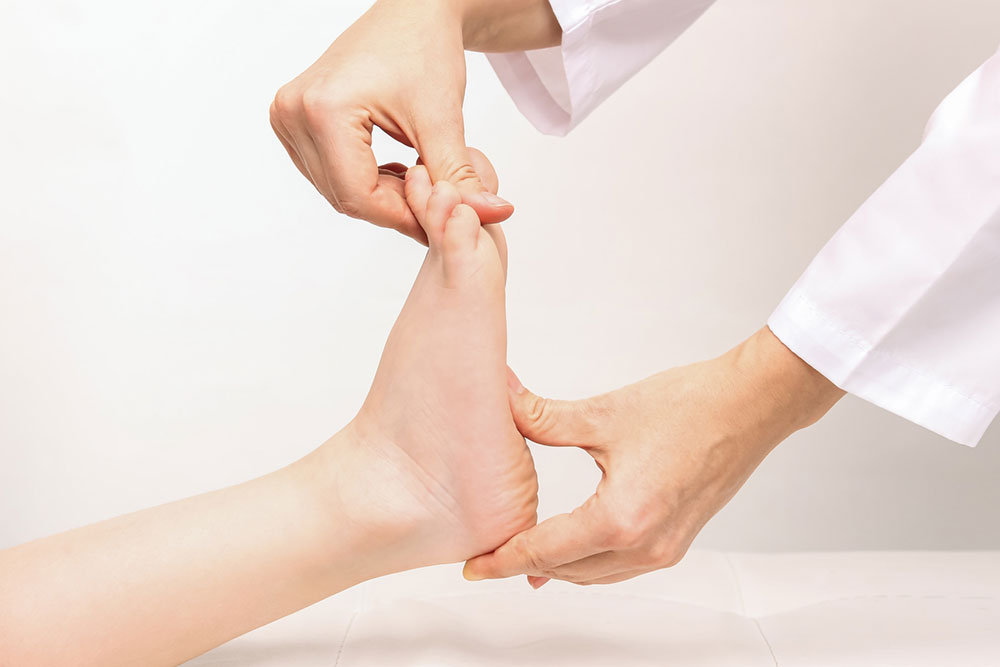Comprehensive Guide to Peyronie's Disease: Symptoms, Causes, and Effective Treatments
Peyronie's disease impacts men's reproductive health through fibrous plaques causing penile deformity and discomfort. Early diagnosis and a range of treatments, including medications, injections, and surgery, can effectively manage the condition. This comprehensive guide explores symptoms, causes, and modern treatment options, emphasizing personalized healthcare decisions to restore sexual function and confidence.

Comprehensive Guide to Peyronie's Disease: Symptoms, Causes, and Effective Treatments
Peyronie's disease is a medical condition that affects the male reproductive system, specifically impacting the penis. It is characterized by the development of fibrous scar tissue, known as plaques, within the tunica albuginea—the layer of tissue surrounding the erectile chambers of the penis. This condition often leads to a noticeable bending or curving of the penis during an erect state, which can cause significant discomfort, psychological distress, and sexual difficulties. Despite being relatively common, Peyronie's disease remains underdiagnosed, making awareness and understanding crucial for timely management and improved quality of life.
The exact etiology of Peyronie's disease is not entirely understood. However, research suggests that a combination of factors may contribute to its development. Trauma or injury to the penis—such as bending or impact during sexual activity or accidents—can instigate the formation of scar tissue. Repetitive microtrauma over time or genetic predispositions may also increase susceptibility. Certain autoimmune responses and abnormal wound healing processes might play roles in the formation of plaques that lead to penile curvature.
Several symptoms are associated with Peyronie's disease. The most apparent is a penile bend or deformity during erection, which can range from mild to severe. Patients might experience pain or discomfort during an erection or sexual activity. Some individuals notice palpable lumps or plaques beneath the skin of the erect penis. In addition, the disease may be accompanied by other symptoms such as shortening of the penis, narrowing, or indentations, which can impair sexual confidence and performance.
Understanding the progression of Peyronie's is essential for effective management. While some cases remain stable or improve over time, others may worsen, leading to greater deformity and dysfunction. It is important to consult a healthcare professional early in the course of symptoms to determine appropriate treatment strategies.
Management options for Peyronie's disease vary based on the severity, duration, and individual patient factors. Conservative approaches include observation, as some cases stabilize or resolve spontaneously within 12 to 24 months. During this period, patients are advised to avoid activities that may exacerbate injury or trauma.
Medications play a significant role in the treatment of Peyronie's disease. Oral drugs such as xanthine derivatives or potassium para-aminobenzoate have been used with varying degrees of success. These medications aim to reduce inflammation, prevent plaque formation, or soften existing scar tissue. However, their efficacy remains a subject of ongoing research. Additionally, intralesional injections, such as verapamil or collagenase enzymes, can break down fibrous tissue, reducing curvature and improving function. Collagenase Clostridium histolyticum, in particular, has received approval for specific cases and demonstrates promising results with less invasive administration.
For patients with significant deformity affecting sexual activity or causing persistent pain, surgical options may be considered. Procedures such as plication involve tightening the unaffected side of the penis to correct curvature, while grafting techniques may be used to replace or reinforce the scarred tissue. Implant surgery is reserved for cases where Peyronie's disease coexists with erectile dysfunction, offering both structural correction and functional restoration.
It is important to understand that surgical interventions carry risks, including infection, sensation changes, or recurrence of deformity. Therefore, these options are generally considered after conservative measures have failed, and only following thorough consultation with a qualified urologist or sexual health specialist.
Natural healing can occur in some cases, especially with patience and conservative management. Many patients observe improvement or stabilization within one to two years, emphasizing the importance of a careful, individualized approach to treatment. Lifestyle modifications, psychological support, and avoiding trauma are critical components of comprehensive care.
In conclusion, Peyronie's disease is a complex condition that requires timely diagnosis and personalized treatment planning. Advances in minimally invasive therapies and surgical techniques offer hope for improved quality of life. Anyone experiencing symptoms should seek professional evaluation early to explore the most suitable management options and prevent progression of the deformity or associated functional impairments.





